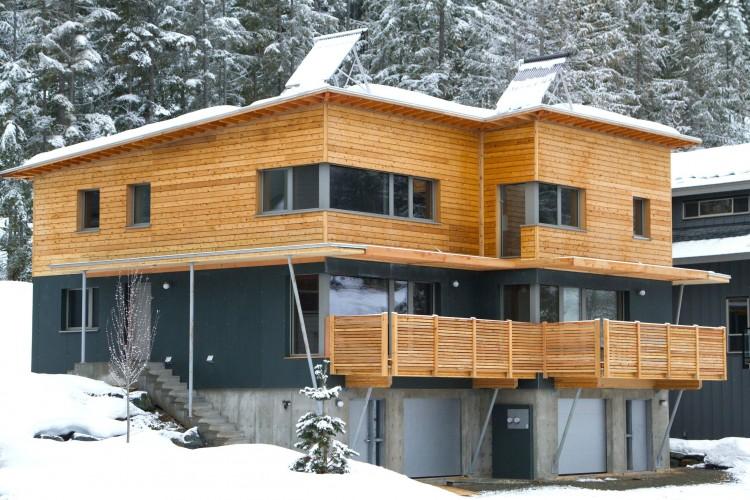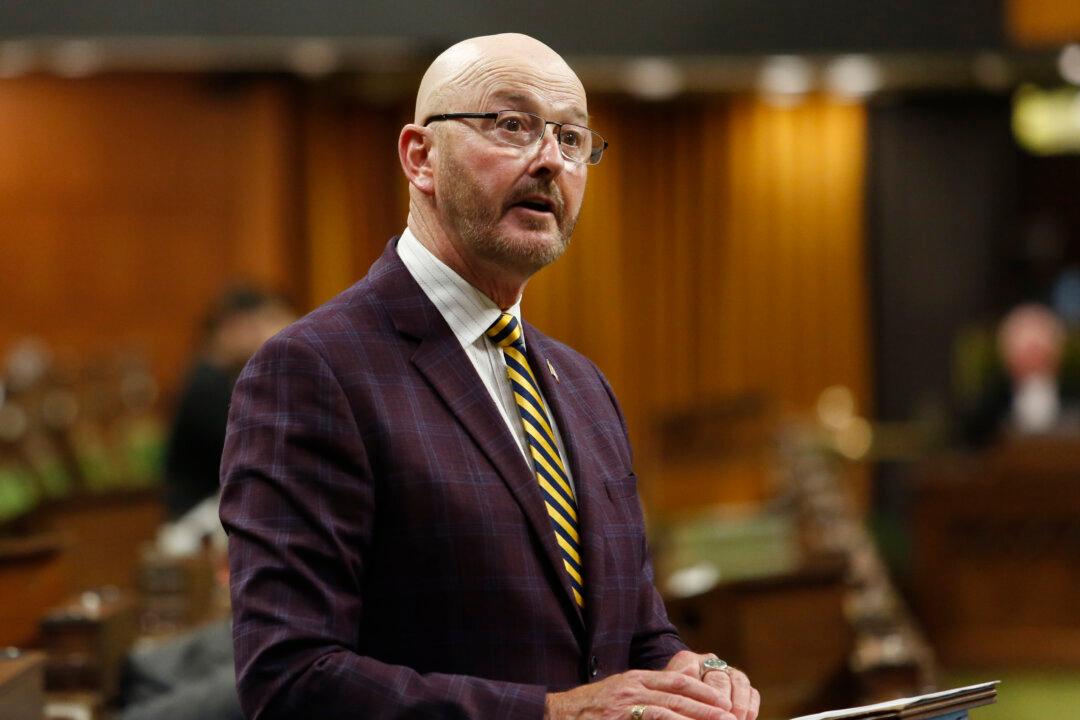One of the major challenges associated with low-energy buildings—and particularly passive houses—is construction costs.
But a panelized prefabricated system developed by a Whistler-based construction company aims to make high-performance sustainably built homes such as passive houses more affordable.
Originating in Germany in the late 1980s, passive houses are super energy-efficient buildings designed to require very little active heating or cooling year-round.
Passive house technology was initially showcased in Whistler during the 2010 Olympics with the Austria Passive House, built with imported materials by local company Durfield Constructors.
However, the just-completed Rainbow Passive House Duplex marks Whistler’s first passive house built using primarily local products and the first in Canada that is prefabricated.
“After building the Austria Olympic Passive House with mainly imported components from Austria, the general public thought that a passive house is only for the rich. We wanted show that it can be done locally and for the average homeowner,” says Lydia Durfeld of Durfeld Constructors.
The walls, floors, and roof were constructed as large panels offsite; the walls came pre-insulated with windows and siding already installed.
The prefabricated aspect went a long way toward keeping the cost down, says Alex Maurer, director of Marken Projects, the Vancouver-based company that designed the house.
“We had the structure erected in four-and-a-half days, which usually would take around two to three months. So you dramatically reduce the construction time,” he says.
Each 2,150 square foot duplex unit includes an unfinished basement, four bedrooms, and two bathrooms, and is designed to consume up to 90 percent less energy for heating and cooling than a standard house.
“This home should consume about $150 worth of energy for heating and cooling for the whole year, compared to a regular standard home of that size that would consume about $1,500 a year for heating and cooling. So that’s the dramatic difference between passive houses and the standard house,” says Maurer.
Comfortable Temperature
The units are super-insulated and airtight, enabling them to maintain a comfortable temperature in winter with only little active heating. Being “diffusion-open” to the exterior ensures the prevention of mould and other problems that can occur in airtight homes.
“Passive houses have 24/7 fresh air with the heat recovery ventilation system. This obviously also keeps the heating and cooling bill down,” says Maurer.
The home also incorporates such green building features as solar hot water, rainwater harvesting, cross-laminated timber decking, a high efficiency heat recovery system with subsoil heat exchanger, and drain-water heat recovery.
There are about 30,000 passive houses around the world, many of them located in Germany, Austria, and Scandinavia. The low-energy buildings are only just beginning to catch on in Canada and the United States.
Although there are just a handful of passive houses in Canada, Maurer says it’s “an emerging trend.” His company is currently working on five passive house projects in B.C. alone.
“I would think that by the end of the year we will have about 20 passive houses in Canada.”
The Rainbow duplex meets the requirements of Whistler’s Price Restricted Housing Initiative, which aims to keep house prices down in certain areas of the expensive ski resort and make them affordable for local residents. The goal was to build the duplex for less than $300 per square foot.
The units have sold for $600,000 each—a bargain in the high-priced municipality, says Maurer.
“That’s what in Whistler means affordable housing. Compared to other areas, it’s very inexpensive actually.”
He notes, however, that other such projects Marken is working on cost much less, such as a two-family passive house in Surrey, B.C., priced in the $180 per square foot range.
“So you can do it very affordably. And that’s one of our main goals—to show that those high-performance buildings do not have to cost more than a good quality home.”






